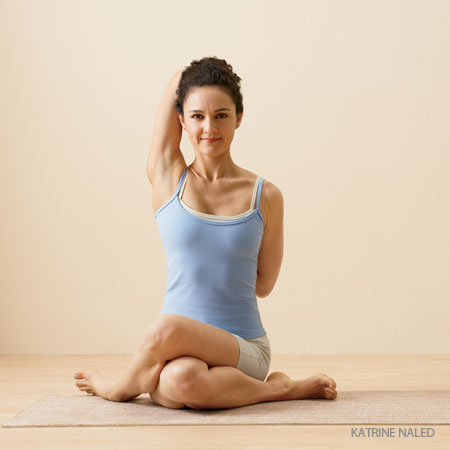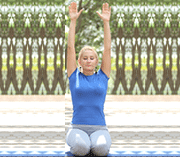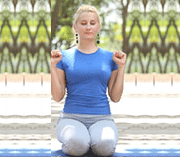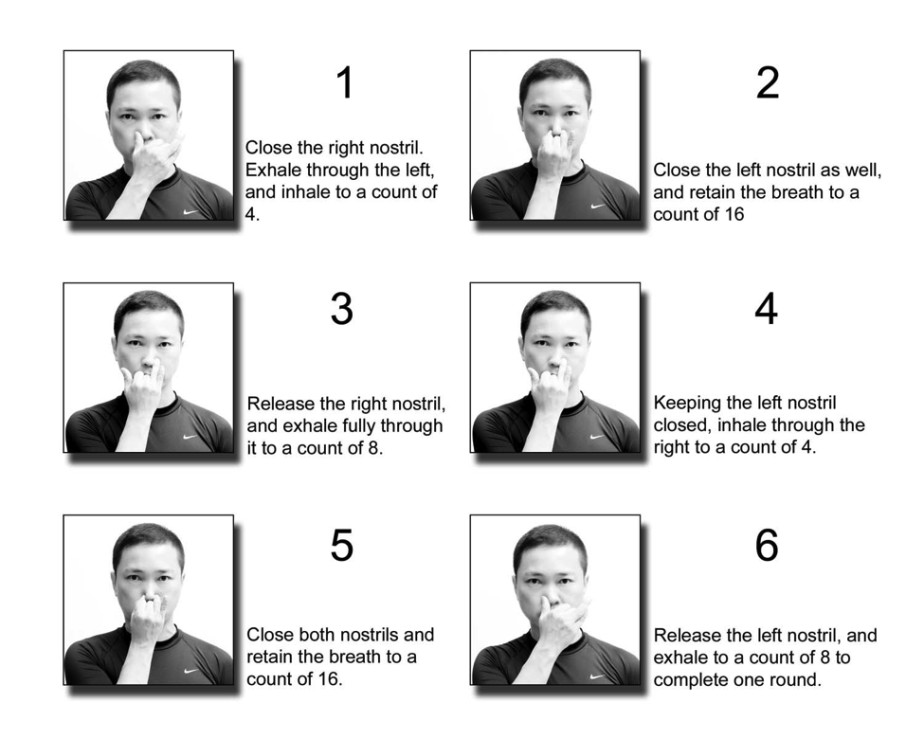Our personality was learned as a result of the experiences you have been through. Whatever unwanted behavior you don’t like now might be nothing more than a coping strategy your mind developed to help you achieve a certain goal.
Just like this coping strategy was developed it can also be unlearned. Of course it takes some time and a lot of persistence to change your personality but the good news is that you are able to change it.
Personality is to overcome things, learn from them and become stronger, both personally and professionally. To be honest, I welcome those hardships.
1. Online Personality test myth : It happens often that someone searches for an online personality test then ends up frusted of thinking that the quiz results are facts that can’t be changed.
In fact you can change your personality if you wanted to provided that you know the right way to do it.
2. Genes affect personality myth : I found many people who wonder whether they can build self confidence or not because of believing that self confidence and similar good traits has something to do with their genes. This belief that states that a person is stuck because of his genes doesn’t only prevent him from growing but it also prevents him from developing essential life skills that are vital to building his self confidence.
The second very important fact is that the presence of one gene can limit the function of another gene completely even if those genes were not related at all. This means that even if you have a certain gene you might not be affected by it at all because another gene is limiting its effect.
The conclusion was can make is that looking at only one gene and believing that you are stuck because of it is a big mistake.
In short, yes personality can be changed.
To be able to change your personality you must understand it
Most people think that they understand themselves well while in fact many of the personality change attempts fail as a result of lack of self understanding.
A behavior that has been bothering you for years can be changed if you understood what’s causing the behavior in the first place.
Lets take the example of the a girl who wears high heels in order to feel beautiful. Of course when you ask her why she only wears high heels, she will never tell you “I look taller and beautiful” because most probably she won’t be aware of the fact that beauty encompasses beyond wearing high heels.
Now if that she tried hard to change her behavior using all possible methods she might never succeed until she finds another way to help herself satisfy the need to feel like a beautiful girl.
In short,Our attempts to change our personalities will not work before we understand the underlying dynamics behind our behaviors and attitudes.
Next : How to change your personality?






You must be logged in to post a comment.